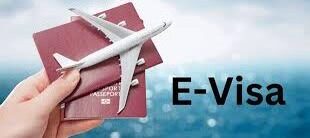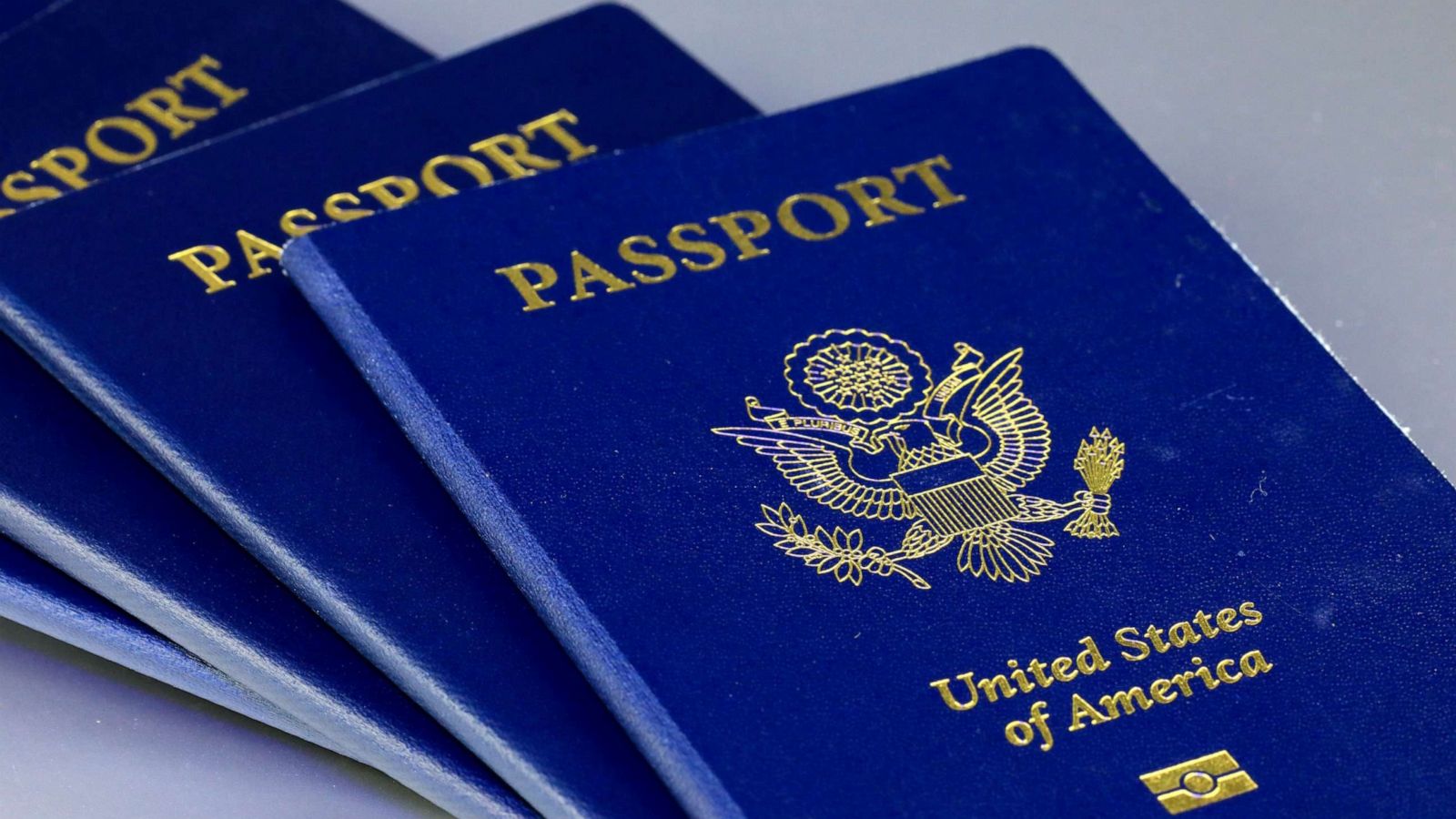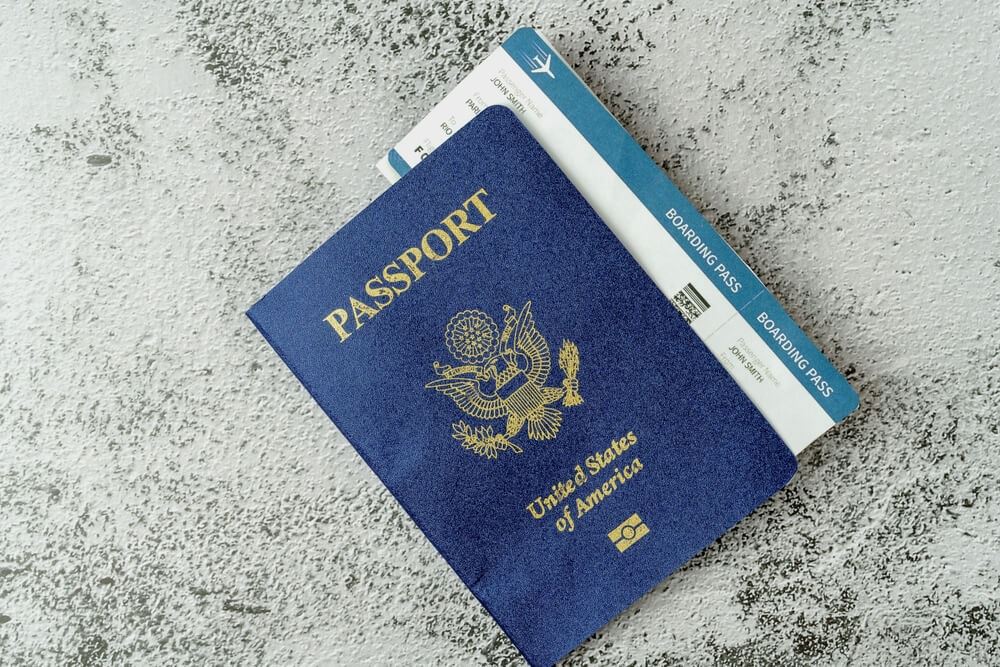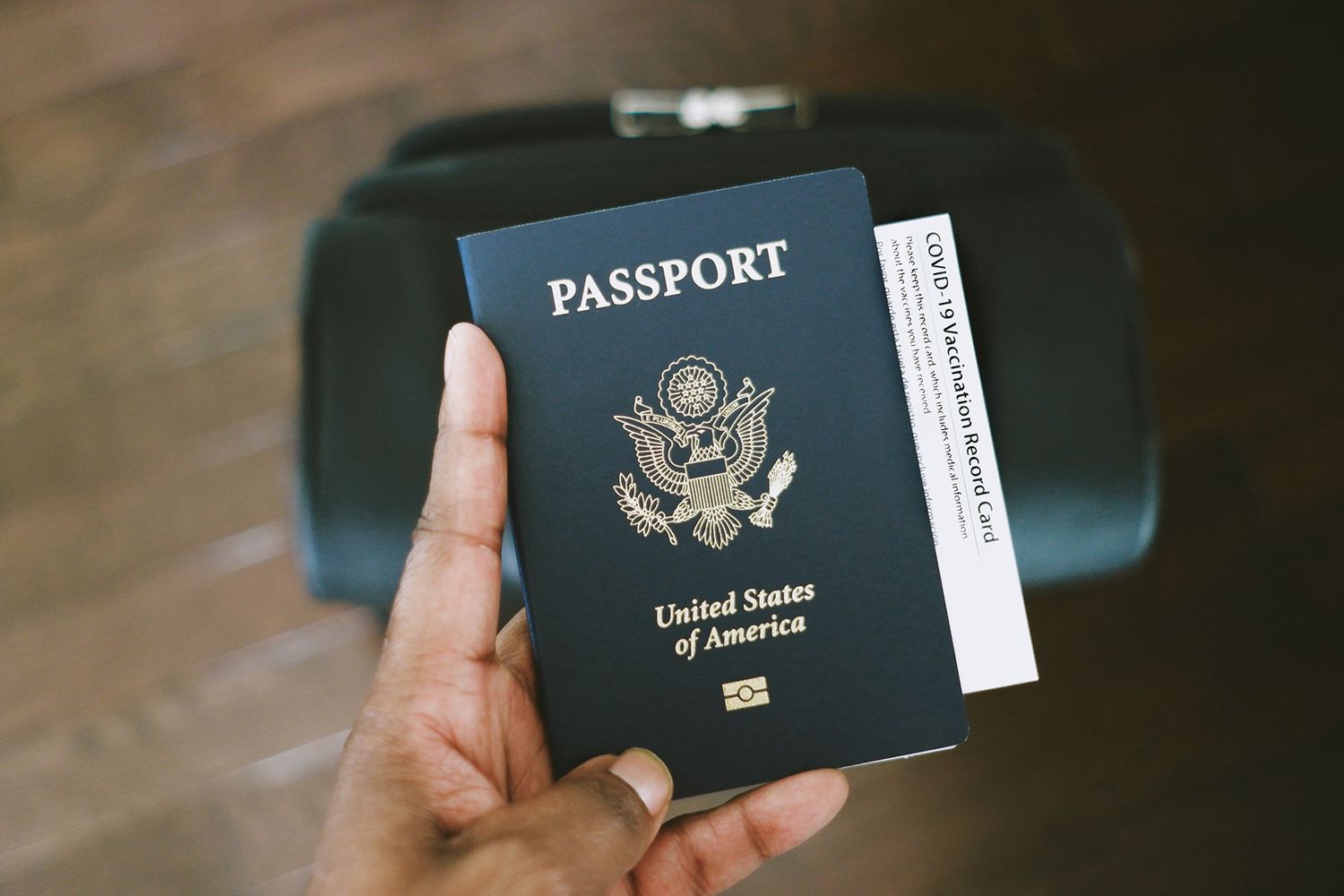Introduction
Vietnam, a country rich in history, culture, and natural beauty, has become an increasingly popular destination for travelers from around the globe. Whether you’re drawn to the bustling streets of Hanoi, the serene landscapes of Ha Long Bay, or the vibrant markets of Ho Chi Minh City, Vietnam has something to offer every type of adventurer. However, before you embark on your journey to this Southeast Asian gem, it’s crucial to understand the intricacies of the Vietnam travel visa process.
Visa Types and Requirements
Vietnam offers several types of visas to accommodate the diverse needs of travelers. The most common types include:
- Tourist Visa (DL): Designed for travelers visiting Vietnam for tourism purposes, this visa is valid for a specific period, usually ranging from 15 days to three months.
- Business Visa (DN): Intended for individuals traveling to Vietnam for business-related activities, such as attending conferences or meetings. Business visas also come with varying durations.
- Work Visa (LD): For those planning to work in Vietnam, a work visa is required. This type of visa involves more extensive documentation, including a work permit issued by the Vietnamese employer.
- Student Visa (DH): Students enrolled in Vietnamese educational institutions must obtain a student visa. The application process often requires proof of enrollment and a letter of acceptance from the educational institution.
- Diplomatic and Official Visas: Reserved for diplomats and government officials, these visas are subject to specific regulations and diplomatic protocols.
Before applying for a visa, travelers should carefully assess their purpose of visit and choose the appropriate visa type accordingly. The requirements for each visa category can vary, so it’s essential to familiarize yourself with the specific documentation needed for your intended stay.
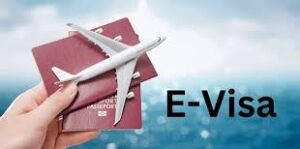
Vietnam Travel Visa Application Process
The process of obtaining a Vietnam travel visaThe Edge Fitness Club: Unleashing the Power of Fitness can be completed through various channels, including the Vietnamese embassies or consulates, visa on arrival (VOA), or electronic visas (e-visas). Let’s explore each option in detail:
- Embassy or Consulate Application:
- Visit the official website of the Vietnamese embassy or consulate in your home country.
- Download and fill out the visa application form.
- Submit the completed form along with the required documents, such as passport photos, passport copy, and the visa fee.
- Wait for the processing of your visa application.
- Visa on Arrival (VOA):
- This option is applicable for air travelers arriving at one of Vietnam’s international airports.
- Pre-arrange a visa approval letter through a reputable travel agency or online service.
- Upon arrival at the airport, present the approval letter, passport, photos, and visa stamping fee to the immigration officer.
- The officer will stamp the visa into your passport.
- Electronic Visa (E-Visa):
- Apply for an e-visa online through the official website of the Vietnam Immigration Department.
- Complete the online application form and upload the necessary documents.
- Pay the e-visa processing fee using the specified payment methods.
- Receive the e-visa approval via email and print a copy for presentation upon arrival in Vietnam.
It’s essential to note that the processing time and requirements may vary depending on the chosen method. Travelers are advised to start the application process well in advance of their planned departure to ensure a smooth and timely experience.
Vietnam Travel Visa Fees and Validity
The cost of a Vietnam travel visa can vary based on the type of visa, the duration of stay, and the application method. Generally, visa fees range from $25 to $135, with additional charges for expedited processing or other specific services.
Tourist visas are typically valid for 15 days to three months, while business visas may have varying durations. Work visas, student visas, and other specialized visas are issued for longer periods, aligned with the specific purpose of the visit.
Understanding the fees and validity periods associated with each visa type is crucial for budgeting and planning your stay in Vietnam effectively.
Common Mistakes to Avoid
Navigating the Vietnam travel visa process can be complex, and several common mistakes can lead to delays or even visa denials. To ensure a smooth application process, consider the following tips:
- Incomplete Documentation: Always double-check the required documents for your chosen visa type. Incomplete submissions can result in processing delays or visa denials.
- Last-Minute Applications: Start the visa application process well in advance of your planned departure date. Last-minute applications may not allow sufficient time for processing, leading to travel disruptions.
- Incorrect Information: Provide accurate and truthful information in your visa application. Any discrepancies or inaccuracies may lead to visa rejections.
- Ignoring Entry and Exit Requirements: Be aware of the specific entry and exit requirements associated with your visa type. Overstaying your visa can result in fines or other penalties.
- Using Unreliable Services: If opting for visa on arrival or e-visa services, choose reputable and authorized providers to avoid potential scams or issues upon arrival.
Visa Extensions and Renewals
In some cases, travelers may find themselves in need of extending or renewing their Vietnam travel visa. Understanding the procedures and requirements for these scenarios is essential:
- Visa Extensions: Tourist visas can often be extended while you are in Vietnam. Contact the local immigration office before your current visa expires to inquire about the extension process.
- Visa Renewals: If you wish to stay in Vietnam for an extended period, consider applying for a visa renewal before your current visa expires. This process may involve leaving the country and reapplying for a new visa.
It’s crucial to adhere to vietnam travel visa regulations and not overstay your allowed duration to avoid legal consequences and difficulties during your travels.
Conclusion
Embarking on a journey to Vietnam is an exciting prospect, and understanding the intricacies of the travel visa process is a crucial step in ensuring a smooth and enjoyable experience. From choosing the right visa type to navigating the application process and adhering to entry and exit requirements, thorough preparation is key.
By following the guidelines outlined in this comprehensive guide, travelers can navigate the Vietnam travel visa process with confidence, allowing them to focus on exploring the wonders of this captivating country. Whether you’re immersing yourself in the ancient charm of Hoi An, trekking through the lush landscapes of Sapa, or savoring the flavors of Vietnamese cuisine, a well-prepared visa application sets the foundation for an unforgettable adventure in Vietnam.

